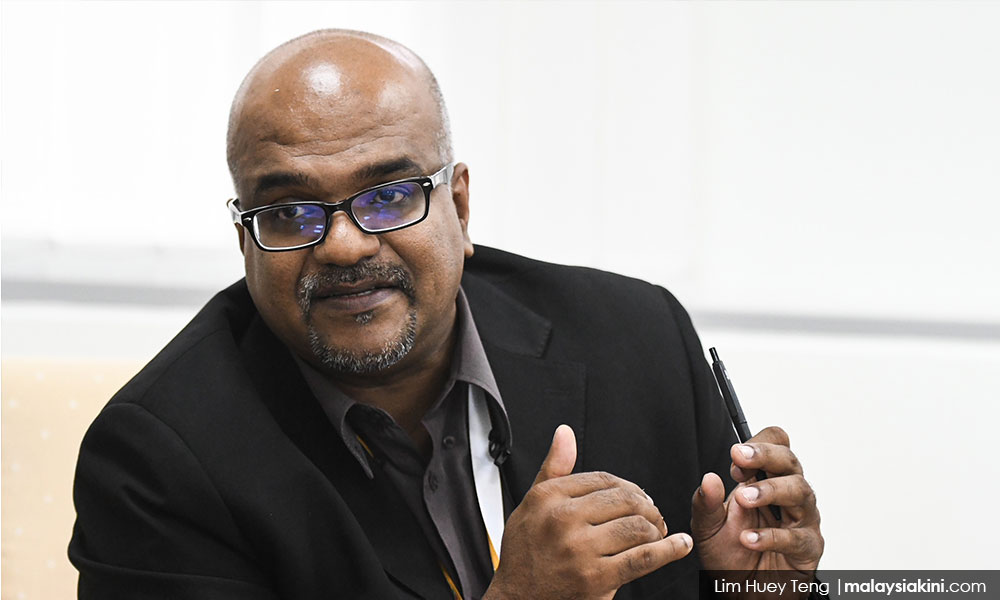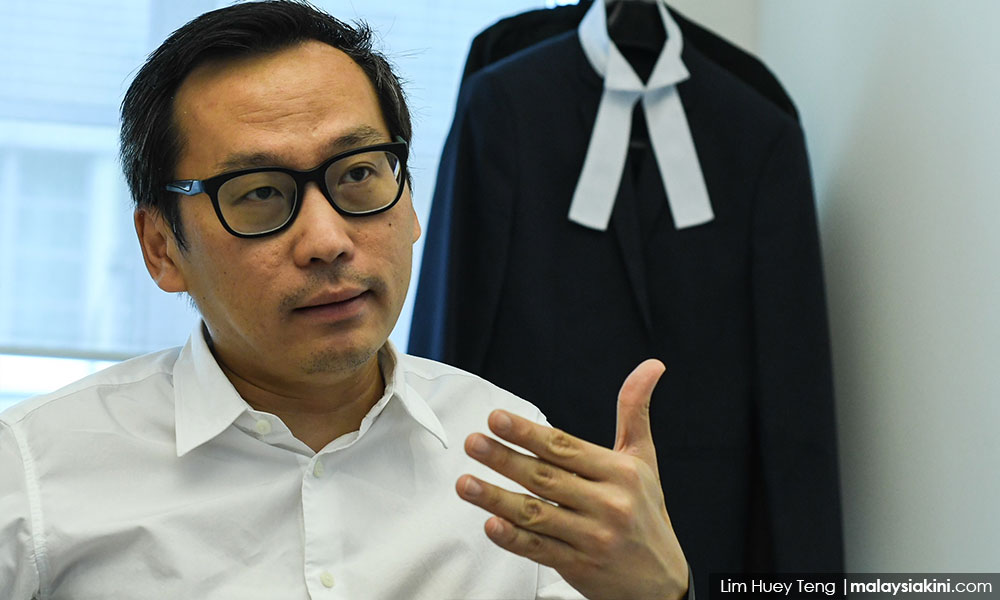Special Report
One in four cases are publicised, with majority of reports highlighting Indian victims.

S Balamurugan, P Karuna Nithi, N Dharmendran – these are some of the people who made headlines when they perished in police custody before they had their day in court.
An analysis by Malaysiakini based on data collected by human rights group Suara Rakyat Malaysia (Suaram) shows that the majority of deaths in police custody reported in the media and to Suaram feature Indians.
However, the same analysis has found that there is massive underreporting of deaths in police custody in the media, particularly those involving Malays.
Overall, there were 257 deaths in police custody between 2002 and 2016, according to official statistics provided by the Home Ministry in a parliamentary reply on March 28, 2017.
However, based on Suaram’s data, only 62 of these cases were reported in the media and to itself.
This means that only about one in four cases of deaths in police custody become public knowledge, while the rest go largely unnoticed.
The lack of overall publicity for deaths in police custody can be attributed to a number of factors.
Commissioner Jerald Joseph of the Human Rights Commission (Suhakam) explained that both Suaram and Suhakam typically receive reports of deaths in police custody when family members sound the alarm by reporting to either organisation or to the media.
One possible cause of underreporting is a victim’s lack of contactable family members. “Some of them don’t have any family members… if nobody is there to be the voice, then who is going to check on that (the victim’s death)?” said Joseph.

He also said many people could be unaware of what could be done to further investigate a death in police custody and which organisations to reach out to for help.
“There is a group of people who do not know the likes of Suaram or NGOs or Suhakam, or EAIC (the Enforcement Agency Integrity Commission) for that matter. There is a group of Malaysians who do not know we exist, and that’s a given.”
Simon Karunagaram, who is deputy secretary of Suhakam’s Complaints and Monitoring Group, added that official numbers were higher simply because it was impossible for Suhakam and other organisations to monitor all lockups nationwide. He noted that there were 700 lockups in the country, with more than 400 actively in use.
“We can’t monitor all 400 lockups - what happens, who dies in the lockup - unless people inform us,” said Karunagaram.
The majority of victims who die in police custody are Malay. However, Indian cases are most frequently reported in the media and to Suaram.
The official figures state that 23.4 percent of victims who die in police custody are Indians.
However, the proportion of Indian victims recorded by Suaram, the country's leading NGO in tracking custodial death cases, is more than twice as much, at 54.8 percent.
On the other hand, although Malays comprise the majority of the official death toll at 42.4 percent, their cases were disproportionately underreported, only making up 17.7 percent of cases reported in the media and to Suaram.
The figures for other groups are: 18.3 percent (official) versus 16.1 percent (reported) for Chinese Malaysians; 12.8 percent (official) versus 6.5 percent (reported) for foreign nationals, and 3.1 percent (official) versus 1.6 percent (reported) for other Malaysian minorities.
In 3.2 percent of cases, Suaram was unable to determine the victim’s ethnicity.
Human rights lawyer Eric Paulsen still believes there is some truth to the old stereotype.
“Maybe, Indians proportionately, they do die in custody more. I think that’s not surprising.
“Obviously when it comes to proportionately, Indians are the ones who are arrested more. You can see all the crackdowns - the recent crackdowns under the Prevention of Crime Act 1959, etc - I would say the vast majority are Indians.”

According to the 2010 census, Indians comprise 6.73 percent of the country's population. The census is conducted once every 10 years.
Compared to the ethnic community’s population in Malaysia, the number of official and publicised deaths in police custody amongst Indians are disproportionately higher.
However, Suhakam commissioner Jerald said there is also another factor why Malay custodial death victims are disproportionately more likely to have their cases go unreported in the media.
“For Muslims when a person passes away, they try to bury before sundown the same day. It is a requirement of the religion.
“But actually, if it is a police case, in many cases they cannot do it until the autopsy is done. So even if you are a Muslim, it doesn't matter.
“But for many people's mind, somebody's been informed dead, so they will make the burial preparations. That could be one of the cultural reasons,” he told Malaysiakini.
Suaram documentation and monitoring coordinator Dobby Chew, who oversees the collection of the NGO’s data on deaths in police custody, noted that it was important for custodial deaths to be brought to public attention.
“In a few cases, a family is estranged from the person (who died), so they don’t want to do a post-mortem.
“But a lot of cases in which there are signs of abuse or the family wasn’t informed of the arrest, or the family felt wronged by the authorities, they want an answer, so they go public. Most families are willing to go public and follow up.”
Chew also explained the need for Suaram to collect its own independent data on deaths in custody, saying that while Suaram did not dispute the accuracy of the official death total, there was a discrepancy between government statistics and the actual details of individual cases.
“We want to highlight the disjointed numbers and things that are happening in reality,” Chew said.